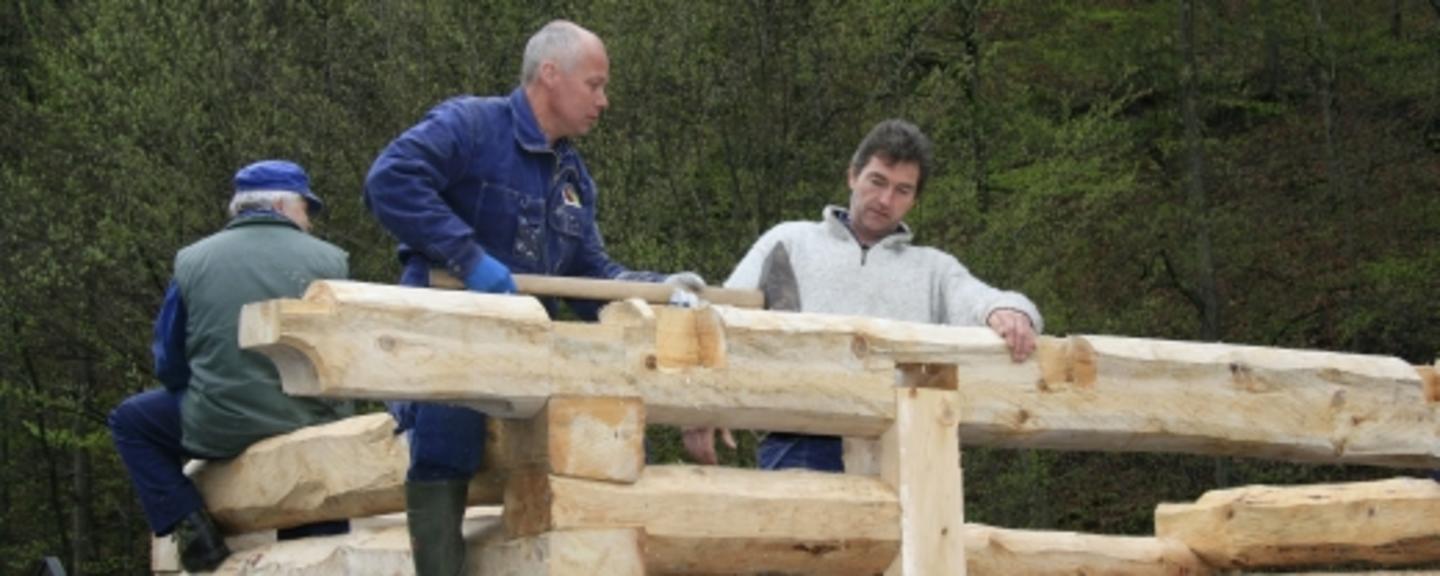Ronov pod Radhoštěm is an old spa town of 20 000 inhabitants in the eastern part of the Czech Republic, close to the Moravian-Silesian Beskydy Mountains. The surrounding area provides many opportunities for hiking, swimming and other outdoor sports and recreational activities. Its key attraction is the Wallachian Open Air Museum, which was founded in 1925 and is the oldest of its kind in Europe.
Ever since the first buildings were erected on the site, the museum has aimed to create a vibrant space where the customs and traditions of the people in the region are brought to life. The museum consists of a collection of traditional residential houses, as well as production buildings like a water mill, a saw mill, a woollen mill and an oil crusher, typical for traditional Wallachian villages.
With support from Iceland, Liechtenstein and Norway, 13 replicas of rural buildings have been erected and preservation works have been carried out on the existing buildings. The restoration works have been undertaken in cooperation with Norwegian Crafts Development and the Open Air Museum at Maihaugen in Lillehammer, something which has turned out to be a joyful experience for both parties. "The common interest in learning more from one another is fantastic", says Vaclav Mikušek of the Wallachian Open Air Museum said, Eivind Falk at Norwegian Crafts Development echoed this: "The partnership has already developed further than anyone expected."
Norwegian skilled craftsmen are heavily involved in developing the museum’s collections. Norwegian carpenters, blacksmiths, bakers and textile experts have visited and will continue to visit the museum to study the traditions of the Wallachian region, ensuring a broad exchange of experience and skills and enhancing the preservation of both Czech and Norwegian cultural heritage.
The restoration works only make up part of the museum project, however. Equally important are the efforts to get visitors involved in daily life situations of the traditional village. Visiting school children, for whom the museum has arranged visits since 1990, get to experience a school day the way it happened more than a hundred years ago, complete with teachers in authentic costumes in classrooms from the period. The children also get a taste of the traditional food of the region, learn how cattle were kept in the old days, and learn traditional handicraft from skilled craftsmen.
According to Mikušek, such activities are likely to multiply as the project progresses. New and more varied presentation of the folk culture is also imporant to attract larger numbers of visitors, which is one of the goals of the project.
More buildings are expected to open next year.
Photo: Wallachian Open Air Museum
